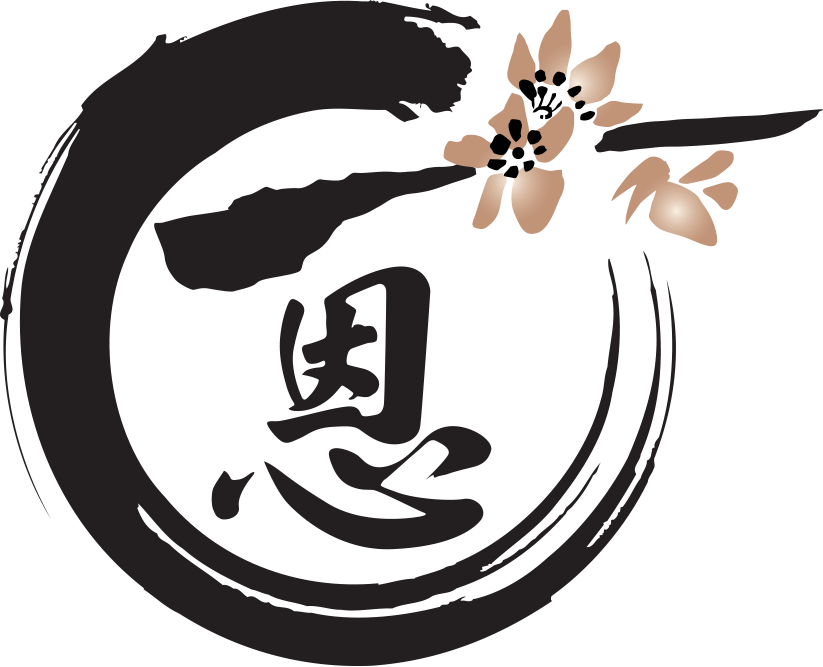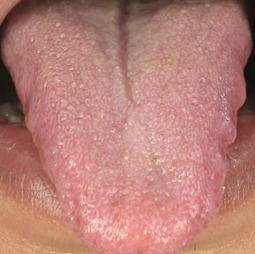CONSULTATION
Consultation focuses on clinical inspection, listening and smelling, inquiring and palpation as the ‘four methods of diagnosis’. The human body is an organic system where illnesses in certain areas can affect the entire body. Diseases of internal organs can manifest through the five sensory features of the face and the four limbs. As a result, through the four methods of diagnosis to assess the symptoms presented on each location, the underlying illness, its origin, its nature and its corresponding associations can be determined. From this, the complete diagnosis and treatment can be evidently provided.
Clinical Inspection
Clinical inspection is where the phsician uses their eyes to observe the patients’ entire body and each individual part’s appearance and changes in appearances. Traditional Chinese Medicine utilizes an abundance of medical history to understand that the human body’s exterior appearances, especially the face, tongue constitution and tongue coating, has a close relationship with the body’s internal organs. If problems arise in the internal organs, they will be reflected in the body’s surface. Thus, illnesses of the internal organs can be ascertained through clinical inspection.
The most distinguishing feature among clinical inspections is ‘tongue inspection’. Tongue inspection includes the tongue constitution and tongue coating. Tongue constitution is the tongue body itself and the tongue coating is the surface that covers the tongue. Inspection of the tongue includes assessing the constitutional colour, the colour and thickness of the coating and the structure of the tongue body. Clinically, the tongue is able to accurately represent the body’s physiological condition to a greater degree. For this reason, some people believe the tongue to be the body’s physiological and pathological mirror.
Case Study – Tongue Tremor
A symptomatic patient presented to the clinic. Dr Ace Wong observed the tongue to be abnormal and asked the patient to stick his tongue out and relax. Immediately the tongue would retract. If not, the tongue would begin to tremor. Pulse was overactive yet weak. Diagnosed to be a weakness in yang qi and insufficient zong qi, uncontrollable and regularly experiences shortness of breath. Upon careful inquiring, it was discovered that the patient often consumed mung beans, Chinese herbal tea and other cold natured food, hence had damaged his yang qi.
Listening and Smelling
Clinical listening and smelling includes the sensing of both audible sounds and odours. Predominantly it is to listen to the speech and breath fluctuations of the patient. The changes in pitch, force, clarity and speed are noted to understand the true situation. Listening also includes the volume at which the patient speaks, coughing sounds, breathing sounds and belching sounds. If the breath is coarse, voice is of high pitch and heavy, it is generally considered to be of cold pathogenic origin. If the breath is weak and voice soft, it is generally regarded to be of insufficiency pathogenic origin. Smelling is the detection of any odours which include the patient’s breath or scents from any bodily fluids emitted. Any foul or strong smells are generally considered to be of hot pathogenic origin. Any gamey stench or subtle smells are generally of weakness pathogenic origin.
Inquiring
Inquiring is the verbal gathering of symptoms through the patient or person accompanying the patient. This is to gain a thorough understanding of the patient’s clinical history, family history, time of onset, reason, progression, treatment, main source of discomfort, awareness of symptoms, dietary habits and other clinically associated situations. In combination with clinical inspection, listening and smelling and palpation as the other three methods of diagnosis, a decision can be made. At the same time, consideration of the symptoms relation to the surrounding environment, weather, residential environment, living and dietary habits, personality, temperament and bodily constitution must be made.
It is important to note that the main purpose of inquisition in Chinese medicine is for the sake of differentiating symptoms. This is unlike western medicine where it is solely for a differential diagnosis. For example, if inquiring about hot and cold, a clear distinction needs to be made between fever due to pathogenic cold and which of the hot or cold is the primary instigator. Is it cold and not hot, is it hot and not cold or an alternation between hot and cold. Is it a strong fever, or a flushing heat, or is it bodily heat that does not dissipate. These differentiations can lead to a distinction between the location and constitutional type of the disorder. When inquiring about pain, a distinction needs to be made between a clear pain or swelling pain, migrating pain, sharp pain, constant pain, chilling pain, burning pain, cramping pain, dull pain, phantom pain and pressure sensitive or insensitive. This allows a differentiation between cold, hot, blood and qi to be determined as the affiliation and hence serve as the foundation for treatment.
The late physician Zhang Jing Yue created a ‘Ten Questions Song’, where main clinical inquiries were collectively categorised into ‘ten questions’. “One Heat or Cold, Two Perspiration, Three Head and Torso, Four Bowel Movements, Five Diet, Six Chest and Abdomen, Seven Hearing, Eight Thirst, Nine Old Ailment, Ten Cause, Females must also inquire about menstruation.” ‘Ten Questions Song’ is simple to remember and outlines the main aspects of clinical inquisition. It serves as a general framework and needs to be flexibly applied in the clinical setting.
Palpation
Palpation is the use of hands to touch a person’s body. The phsician uses their fingers to feel or press certain parts of the patient’s body to gain a better understanding of any pathological change. This includes two forms as pulse reading and palpation. Palpation is where the phsician presses the patient’s chest and abdomen or feels individual areas to gain clinical understanding. Pulse reading is also known pulse taking. The entire body’s vascular system is an intricate pathway system that reaches all areas like a net spread over the body. Through the heart and lung’s exertion, blood is circulated through the arteries throughout the body. As a result, if there is any pathological change in the body, it will affect qi and blood which is then reflected in the pulse. This is the concept behind the ability of traditional Chinese phsicians being able to diagnose illness through pulse reading.
There are two techniques in pulse reading. The first is objective pulse examination, where individual palpation of arteries is performed at multiple areas of the body. The other is what is widely used by Chinese phsicians, Cun Kou pulse examination (commonly referred to as pulse reading). Cun Kou is located above the radial artery behind the wrist. If a finger is placed gently on the skin, the pulse of the artery can be felt.
Illnesses are often complicated so pulses are also widely variable. Chinese medicine has been clinically researched for extended periods of time to establish a complete pulse theory. Common pulses include 28 variations alone. There are also pulses that are only present when clinically critical.
Similar to a wooden plank floating on water, this is called floating pulse. This pulse is most commonly associated with minor external sickness. If it is needed to press hard before the pulse of the artery can be felt, it is called deep pulse. It is usually associated with pathological change within the internal organs. An adult’s pulse rate is usually approximately 70 beats per minute where a slight increase or decrease is not readily considered as pathological. If an adult’s pulse rate is above 90 beats per minute, it is called rapid pulse. Illnesses arising from hot bodily constitution needs to be considered. If the pulse rate is below 60 beats per minute, it is called slow pulse. Illnesses arising from cold bodily constitution needs to be considered. The floating pulse or deep pulse can be used to identify the location of illnesses. The speed of the pulse can be used to determine the illness’s constitution type. The pulse’s strength can also be used to gain further clinical understanding of the illness. For example, sthenia symptoms have strong pulses whereas asthenia symptoms have weak pulses.
Note: Please see Case Studies to further understand the importance and practical implementation of clinical inspection, listening and smelling, inquiring and palpation.

